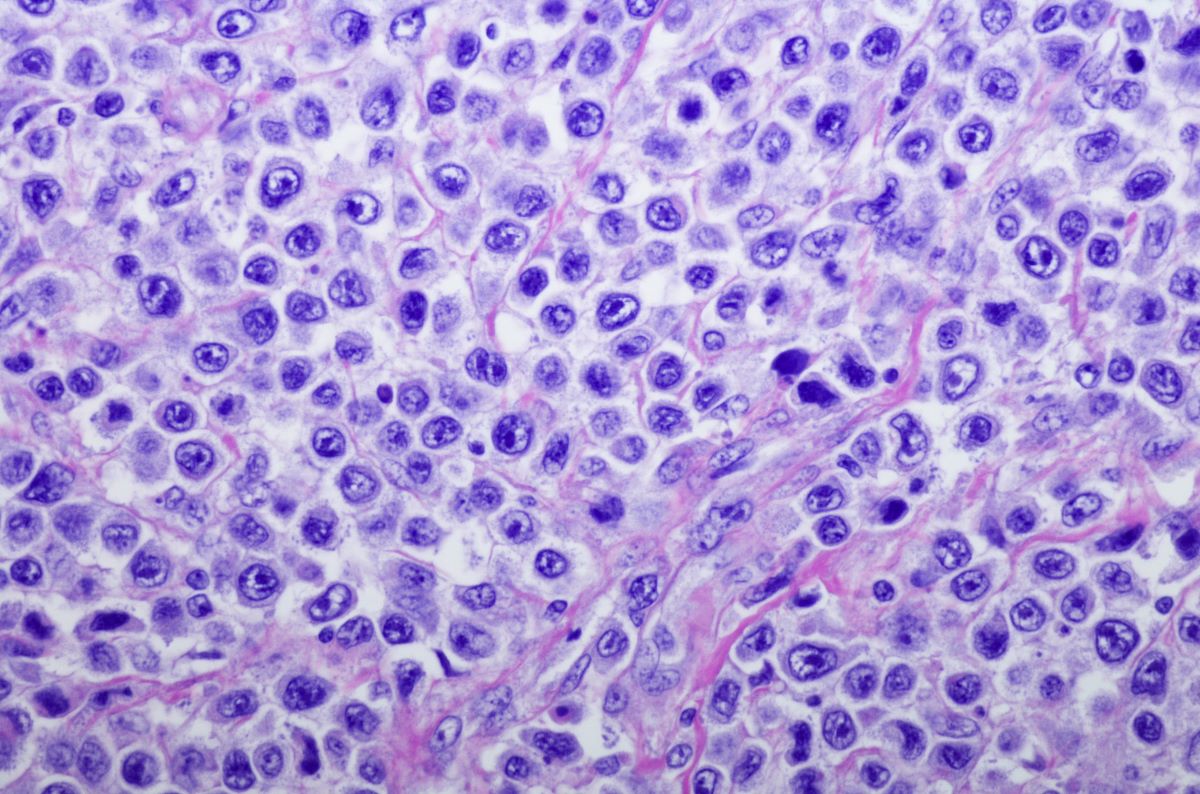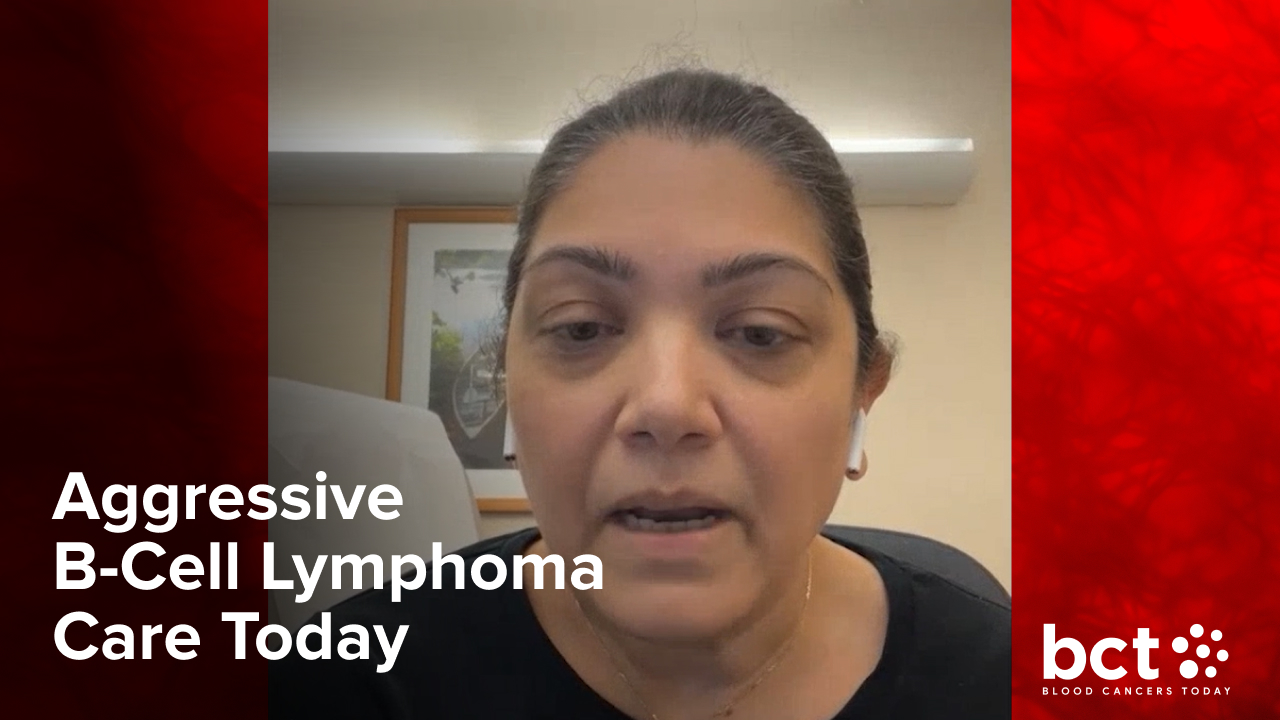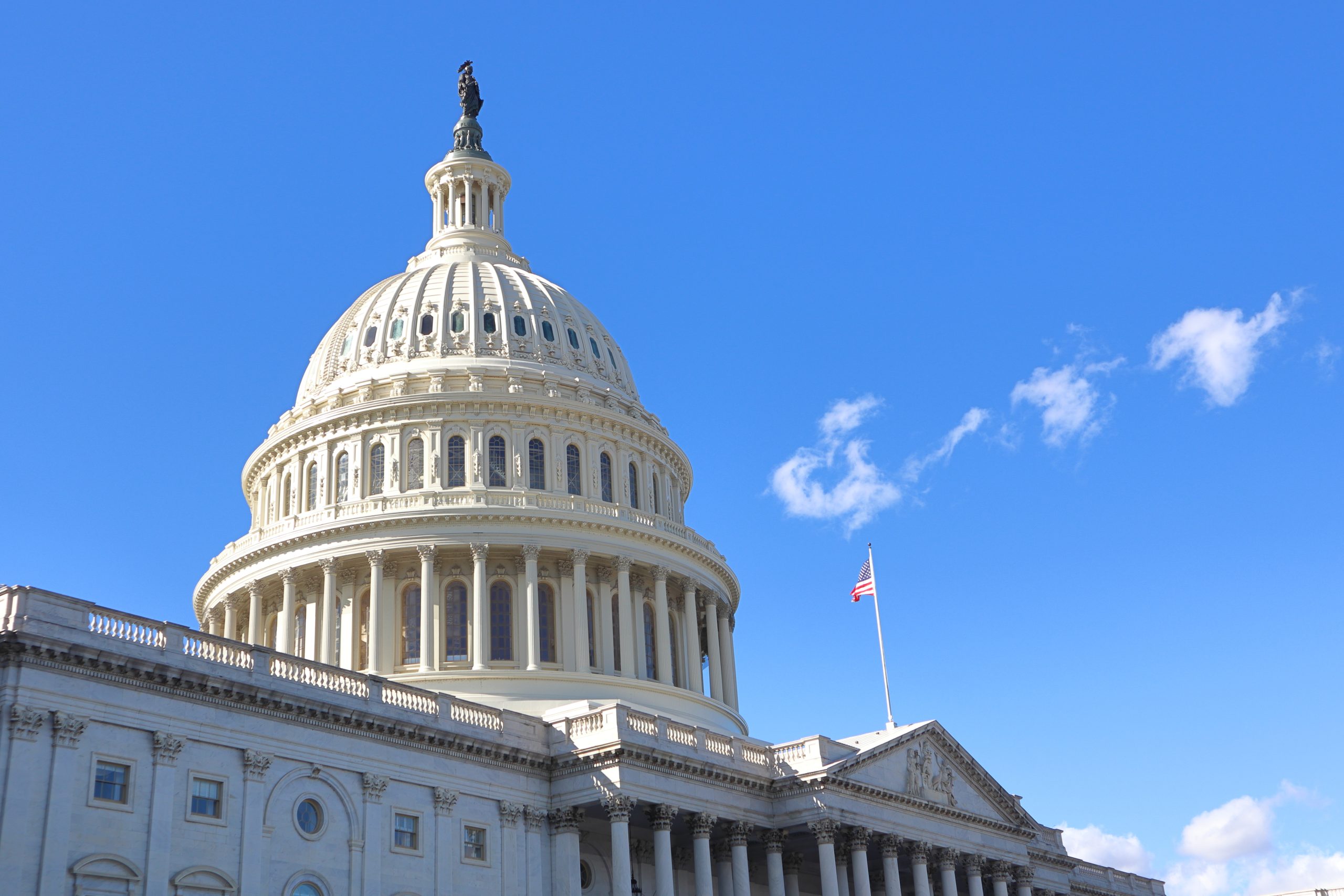How Do Clinicians Make Treatment Decisions for DLBCL?
By Ruemu Birhiray, MD, Joshua Brody, MD, Tara Graff, DO, MS, Suzanne Fanning, DO - Last Updated: March 10, 2025Ruemu Birhiray, MD, of Hematology Oncology of Indiana, leads an expert panel with Joshua Brody, MD, of The Tisch Cancer Institute at Mount Sinai, Tara Graff, DO, MS, of Mission Cancer and Blood, and Suzanne Fanning, DO, of Prisma Health, on the current treatment pathway in diffuse large B-cell lymphoma (DLBCL).
The panel first discussed how the DLBCL treatment landscape has evolved in recent years with newer agents and how they make treatment decisions in the clinic.
“In many patients I am still using R-CHOP [rituximab, cyclophosphamide, hydroxydaunorubicin, vincristine, and prednisone], but if patients are double- or triple-hit, then we are using dose-escalated EPOCH [etoposide, prednisone, vincristine, cyclophosphamide, and hydroxydaunorubicin],” Dr. Fanning said.
“For the longest time, nothing rivaled R-CHOP,” Dr. Graff added. “We didn’t have anything that could even hold a candle to it. It was either R-CHOP or dose-adjusted R-EPOCH for higher-grade patients and double-hit, triple-hit patients. Then, lo and behold, we have Pola-R-CHP [polatuzumab, rituximab, cyclophosphamide, doxorubicin, and prednisone] that comes into the ring with R-CHOP.”
The panel continued into a discussion of unmet needs in DLBCL, including treating core groups of patients such as those with activated B-cell subtype, advanced international prognostic index, and double- and triple-hit DLBCL.






 © 2025 Mashup Media, LLC, a Formedics Property. All Rights Reserved.
© 2025 Mashup Media, LLC, a Formedics Property. All Rights Reserved.